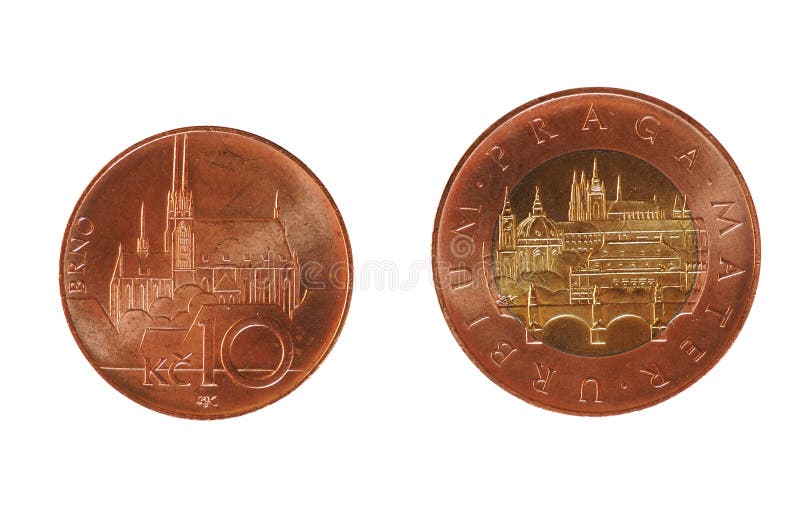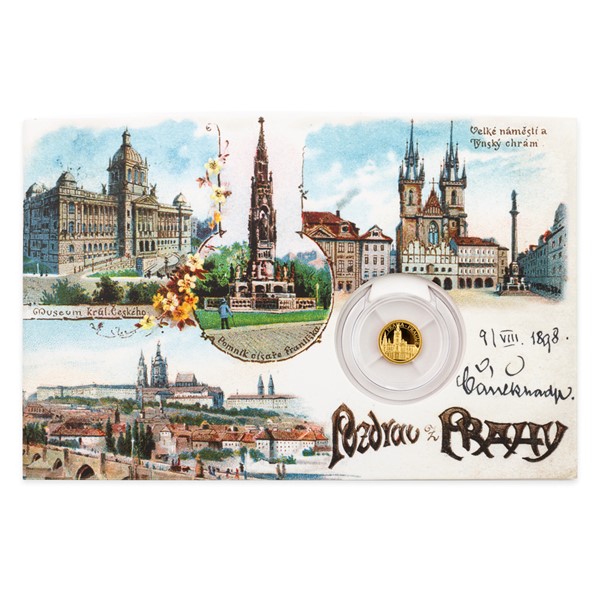Free Reasons On Sandblasting Czechoslovakia Coins
Wiki Article
How And Why Would You Scan A Plaster Model To Create A 3d Digital Representation Of Gold Medals Or Coins?
Scanning a maquette for gold medals and coins requires special equipment. It captures all the dimensions of the model, its details, as well as physical aspects of the model. The digital copies are utilized for various reasons during the production.
3D ScanningHigh-resolution 3D scanners are used to record the dimensions and details of a plaster model. These scanners employ various methods to capture precise measurements.
The scanner emits light or lasers beams to the surface plaster models. The scanner records the distortions and reflections the beams create, thereby capturing surface information.
Data Collection - As it is moving across the surface of the models made of plaster, the scanner gathers many data points. These data points are later utilized to create a digital model of the model that includes its contours, geometry details, and contours.
Conversion into a 3D Model. The collected data is processed by special software, which transforms it into a 3D digital version. The model is able to recreate the dimensions and physical attributes of the plaster replica.
What is the reason to create an Digital 3D Model
Digital 3D replicas are accurate in replicating the dimensions and details of the physical models. This accuracy will ensure that final gold coins and medals are made to conform to the intended design.
Digital models allow for easy modification or reworking. Designers can make adjustments to the 3D model without altering the original plaster maquette, enabling iterative improvements or corrections.
Compatible with Manufacturing ProcessesCompatibility with Manufacturing Processes Digital 3D models are compatible with various manufacturing technologies, such as 3D printing or CNC machining which makes it easier to create molds and dies for mass production.
Digital 3D models are used as a record of the design. Digital models are saved for future use, reproductions or historical documentation.
By scanning the model and then creating an electronic 3D model designers and manufacturers can speed up the process of production, ensure accuracy in replication and utilize advanced manufacturing technologies to make gold coins or medals with a high degree of precision and fidelity to the original concept. Take a look at the top rated Scanning and 3D Modeling Czechoslovakia gold coins blog examples. including golden dime, american eagle gold coin 1 oz, gold quarter dollar, canadian gold maple leaf coin, twenty dollar coin, 100 grams gold biscuit, gold sovereign coins, silver and gold buyer near me, george washington gold dollar coin, 24 karat gold coin and more.

What Is The Role Of Laser Technology To Polish The Gold Surface Medal Die?
Laser technology in the production of dies or master hubs is employed to refine the surface and improve accuracy. Here's how laser technology is utilized in this process. Refinement
Laser technology is used to smooth the surface of the hub or die after initial processing. Laser technology is utilized to eliminate small imperfections, burrs, and imperfections in the surface.
Detail Enhancement-
Laser ablation and engraving are used to create or enhance details on the die or master hub. Lasers are able to remove material or etch it precisely to produce fine lines, textures and complex patterns.
Microstructuring-
Laser microstructuring is the method of creating microscopic patterns or features on the surface of the die. This technique allows for the creation of patterns or textures which can enhance the visual appearance and security features on coins and medals.
Surface Hardening or treatment
Lasers can be used to treat or strengthen the surface of a die, or a master hub. This process can improve the durability and wear resistance of the surface, ensuring durability during the strike process.
Precision Alterations-
Laser technology permits precise adjustments or adjustments to be made to the master hub or die, without altering the geometry of the entire. It permits surface adjustments which address discrepancies and imperfections that may affect the quality of stamped metal or coins.
Controlled Material Removing
Laser ablation is a method of removing material with precision, particularly when fine details have to be adjusted or defined. The materials are removed with no contact, protecting the integrity surrounding the area.
Laser technology is utilized to enhance details and refine dies. This leads to improved surface quality and accuracy. It complements conventional machining processes which allow for precise manipulation and improvement of the surface characteristics of dies critical for striking premium gold coins or medals. Take a look at the top rated laser processing Prague Mint gold coins blog examples. including best place to buy gold bars, gold buffalo, silver double eagle coin, gold buffalo, guardian angel coin, 1 oz silver price, 1 4 ounce gold coin, gold and silver bullion, price for one ounce of gold, gold coins and more.

What Is The Process By Which High-Quality Gold Blanks Are Weighed, Measured And Ready For The Minting Process?
High-quality gold blanks are meticulously made ready for minting to ensure the production of accurate and consistent gold medals or coins. The preparation process for gold blanks will be explained below. The refinement process is generally to meet the purity standards for coinage.
Gold Blanks Production- Gold can be made into blanks using the process of blanking or cutting blanks. Blanking is the process of cutting planchets, discs, or disks to the size of coins from gold by using special equipment or stamping.
Precise Measuring and Weighing
Weighing. Each blank is independently weighed, to make sure it is within the requirements of the coin. This ensures that every piece has the exact amount of gold required for the desired denomination.
Measuring. Instruments that are precise are used for measuring the height, diameter, and the dimensions of every blank. This guarantees uniformity and conformance to design specifications.
Inspection and Control of Quality
Visual Inspection- Every blank is examined visually to identify imperfections on the surface, irregularities, or impurities that could impact the quality of the final product.
Rejecting Blanks That Are Not CompliantBlanks are rejected when they do not meet weight, size or other quality standards. This is to keep the uniformity and consistency.
Why is it important to prepare?
Consistency of Minting Process - The consistency of the minting process is ensured by accurately the weight and measurement of blanks. Weight and dimension consistency ensures uniformity in the striking process and produces coins and medals with the same value and quality.
Gold with a precise content The exact weight of each blank ensures the coin or medal will have the exact amount of gold intended, assuring precision and purity.
Uniform Blanks - Prevent the occurrence of variations in weight or size which may impact on the value of the coin or medal, legality or usability for trade or circulation.
Quality Assurance- Strict quality control measures in blank preparation ensure that only high-quality, defect-free blanks proceed to the minting process, reducing the possibility of defects on the finished product.
Legal Compliance- The coins are designed to be circulated or used for commemorative purposes. They must be in compliance with legal requirements, as well as requirements and standards established by mints or regulators.
Preparing high-quality blanks with accuracy and precision is a crucial part of the process of minting. This ensures the creation of precise gold coins and medals that are top in value and complies with the law. Have a look at the top gold blanks for Prague Mint gold medals more advice including 1 oz silver price, twenty dollar coin, silver nickel, gold piece price, buy gold coins near me, buying silver, gold krugerrand, 1 oz gold buffalo coin, 1999 gold quarter, angel coin and more.

How And Why Are Some Gold Coins Or Medals Altered To Give Them An Aged Or Antique Appearance?
This is how it's done. What exactly is done?
Chemical Patination - Chemical treatments that induce patina using acids or solutions are applied on the surface of the coin or medal. The solutions cause controlled oxidation and toning, creating an aged or antique appearance. This can be used to emphasize design elements and create depth.
Artificial Aging. Both mechanical and chemical methods are employed to replicate natural oxidation. The use of abrasive tools or treatments may be used to create scratches, scuffs, or worn areas, giving the coin or medal an aged look.
Toning or staining - Specialized solutions and heat treatments are utilized to tone or dye the surface. This can result in different shades of color. This is a way to simulate the natural discoloration or the skin's tone that develops with time.
Buffing/Polishing Techniques: Certain parts of the body are dealt with a selective buffing/polishing to get rid of surface or highlight layers and create contrast, which gives an aged look.
Why you should create an antique appearance
The visual appeal of some coins. enthusiasts and collectors like coins with a vintage appearance. The worn-out look adds character to the design, depth, uniqueness, and is visually appealing.
Historical or Commemorative Value - Coins and Medals that commemorate historical events or period may be worn down to give a sense of authenticity or mimic coins of a particular era.
Coins and medals that are antique are frequently sought-after by collectors seeking rare items or limited editions. The look of the coins are often what makes them more attractive and desirable.
Accentuating Design Details- Aging processes can bring out the fine details of the design, by creating contrast between raised and recessed areas, which makes the design components more pronounced and visible.
Minting Authorities or artists can employ the aging technique as a means of artistic expression to create depth, narrative or symbolism.
The conscious choice of creating an appearance that is antique for gold medals or coins could be a means to invoke nostalgia, generate visual interest or convey an impression of the past. It is important to find a balance between the aesthetics and the intrinsic worth of the coin. Take a look at the best antique finish of Prague Mint gold medals site examples. including double eagle gold coin, gold coin prices, gold buffalo coin, 2000 p sacagawea dollar, today's 1 oz gold coin price, 1 oz gold eagle, gold medals, gold and coin shops near me, 1 4 oz gold coin, purchasing silver bars and more.
